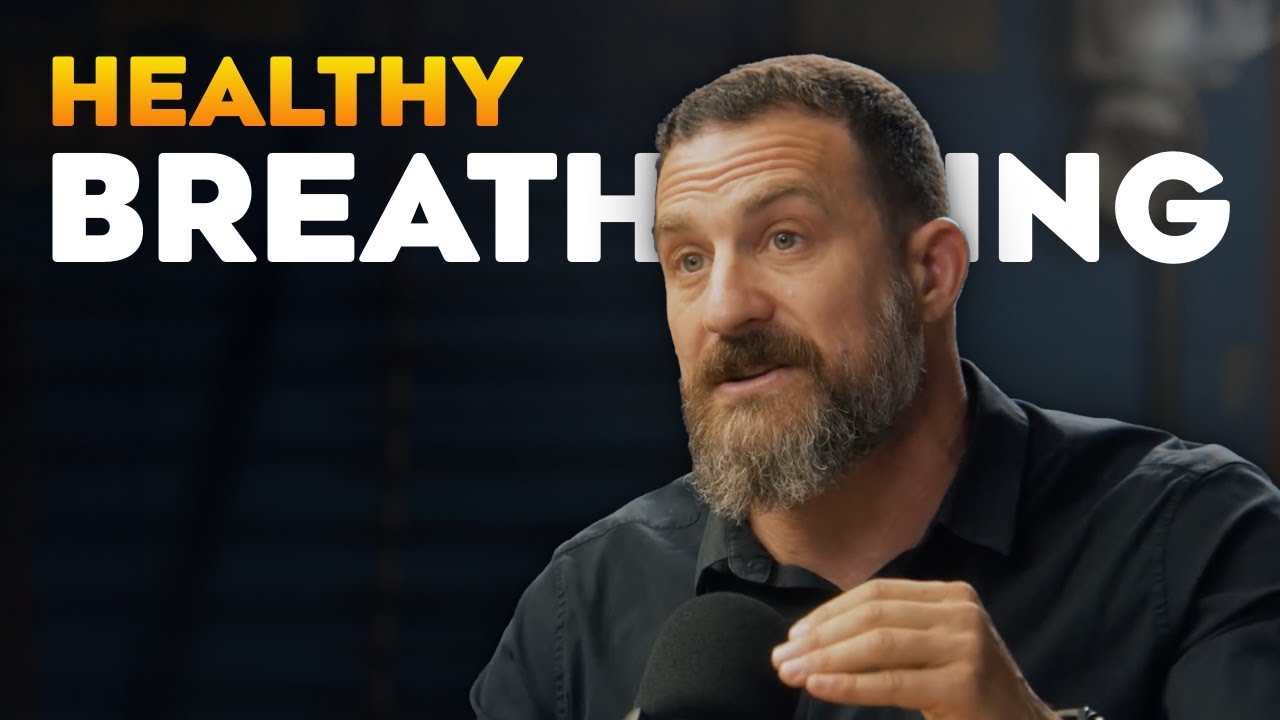Heart disease has long been seen as a consequence of high cholesterol, poor genetics, or too little exercise. But what if the most dangerous threat to your heart isn’t any of those — and instead, it’s something most Americans are unknowingly fueling every day?
As a board-certified nutritionist and chef with over two decades of experience treating chronic disease through food, I’ve seen a pattern that’s often overlooked: the build-up of epicardial fat — a harmful type of visceral fat that wraps directly around the heart and arteries.
What makes this fat uniquely dangerous is its proximity to your most vital organ. Because it sits so close to the heart, the inflammation it causes doesn’t just affect general health — it impacts the heart first. And what fuels this inflammatory fat? The answer, backed by growing clinical research, lies in one central culprit: insulin resistance.

Understanding Insulin Resistance: The Heart’s Hidden Enemy
Insulin is a hormone that allows your cells to absorb glucose from your bloodstream. When your body becomes resistant to insulin, sugar and fat can no longer enter cells efficiently. The result? Excess fat accumulates — especially around the organs, including the heart.
Insulin resistance doesn’t happen overnight. It’s often a slow-burning process caused by years of overconsumption of refined carbohydrates, sugars, and a surprising ingredient found in nearly every processed food: industrial seed oils.
When insulin levels remain chronically high, your body stores more fat, increases inflammation, and damages your metabolic health — all of which contribute to heart disease.

Are You Insulin Resistant? Here Are 7 Red Flags:
- Waist Circumference
- Men: Over 40 inches
- Women: Over 35 inches
Abdominal obesity is a major warning sign of insulin resistance.
- Skin Tags or Dark Patches
Darkened skin under the armpits or in the groin area may indicate metabolic dysfunction. - Unbalanced Blood Lipids
High triglycerides or low HDL (“good”) cholesterol are closely tied to insulin resistance. - Difficulty Losing Weight
If shedding pounds feels impossible despite dieting, insulin resistance may be at play. - Frequent Hunger or Inability to Fast
If skipping meals leads to fatigue or irritability, it’s a sign your body relies heavily on glucose and has trouble accessing stored fat. - Fatty Liver
Fat accumulation in the liver is often driven by poor insulin function. - Persistent Fatigue or Brain Fog
Poor insulin signaling can reduce energy availability to the brain and muscles.
What Causes Insulin Resistance?
While sugar and refined carbs like white bread, pasta, and cereal are obvious contributors, there are lesser-known culprits that may be doing even more damage:

1. Seed Oils (aka Industrial Vegetable Oils)
Canola, soybean, corn, and sunflower oils are highly processed with heat, solvents, and chemicals. They’re rich in omega-6 fats, which oxidize easily, triggering chronic inflammation. Even worse, these fats can remain lodged in your body’s cells for over a year, impairing insulin receptors.
2. Fructose Overload
Excess fructose, particularly from sweetened beverages and processed foods, is a direct trigger for fatty liver and insulin resistance.
3. Sleep Deprivation
Poor sleep quality — from sleep apnea or chronic insomnia — raises cortisol and increases cravings for sugar, perpetuating insulin issues.
4. Chronic Stress
Stress hormones interfere with insulin function and fat metabolism, encouraging fat storage — particularly visceral fat.
How to Reverse Insulin Resistance and Protect Your Heart
Here’s the good News: insulin resistance is reversible. And when you take steps to improve insulin sensitivity, you not only reduce visceral fat but significantly lower your risk of heart disease.
1. Ditch Industrial Seed Oils
Swap canola, corn, and soybean oil for healthier options:
- Extra virgin olive oil
- Coconut oil
- Grass-fed butter
- Beef tallow
- Avocado oil
These fats are more stable and less inflammatory, supporting cellular health and better insulin signaling.
2. Embrace a Low-Carb, Whole-Food Diet
A diet that eliminates added sugars and refined starches helps stabilize blood sugar, lower insulin, and reduce belly fat. Keto and paleo-style eating plans can be effective — especially when built around quality ingredients, not just cutting carbs.
3. Try Intermittent Fasting
Restricting your eating window to two meals per day (lunch and dinner) with no snacks in between allows insulin levels to drop, promoting fat burning. Avoiding constant grazing is key — it’s the snacking, not just meals, that keeps insulin high.
4. Incorporate High-Intensity Interval Training (HIIT)
Just 10–20 minutes of intense interval training a few times a week significantly improves insulin sensitivity — more so than steady-state cardio like jogging. HIIT also activates brown fat, which helps burn visceral fat more efficiently.
5. Try Cold Exposure
Cold showers or ice baths may sound extreme, but they activate thermogenic fat and lower insulin levels. It’s one of the most effective ways to shrink harmful beige fat (like the kind that surrounds the heart).
6. Use Natural Supplements (with professional guidance)
- Apple cider vinegar: 1 tablespoon in water before meals can help control blood sugar.
- Berberine: A plant compound shown to rival metformin in improving insulin function.

Final Thoughts: Healing Your Heart Starts in the Kitchen
Heart disease isn’t just about cholesterol or clogged arteries — it’s a deeper metabolic issue tied to how and what we eat. By addressing insulin resistance, eliminating harmful fats, and making strategic changes to your lifestyle, you can start reversing inflammation and protecting your most vital organ from the inside out.
Don’t wait for symptoms to surface. Start with your plate — and if you’re not sure where to begin, I invite you to explore my tailored meal plans, evidence-based guides, and expert consultations that bridge the gap between culinary excellence and medical nutrition.
Looking to take control of your metabolic health?
Check out more in-depth articles on reversing insulin resistance, low-carb meal ideas, and how to use food as medicine — or connect with me directly for personalized guidance.



